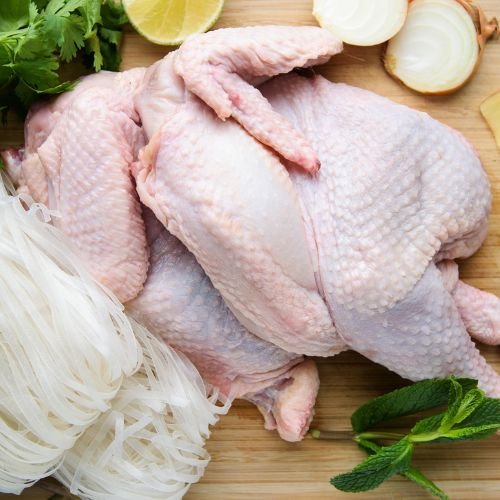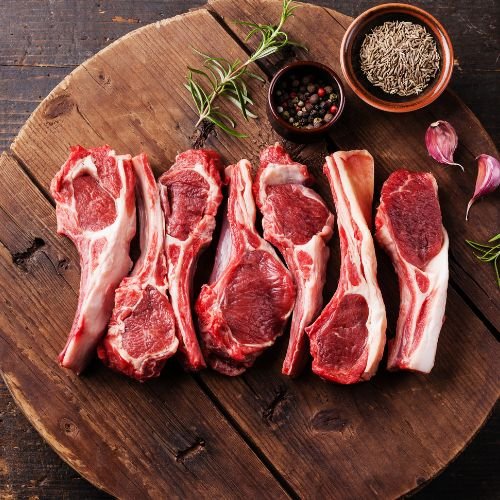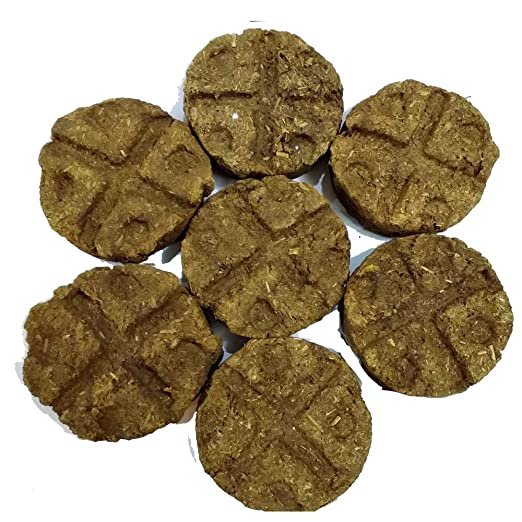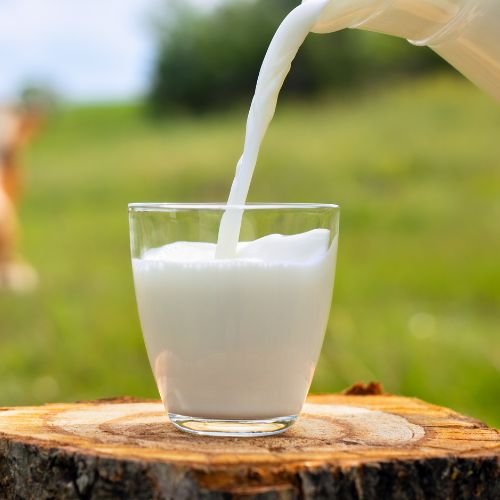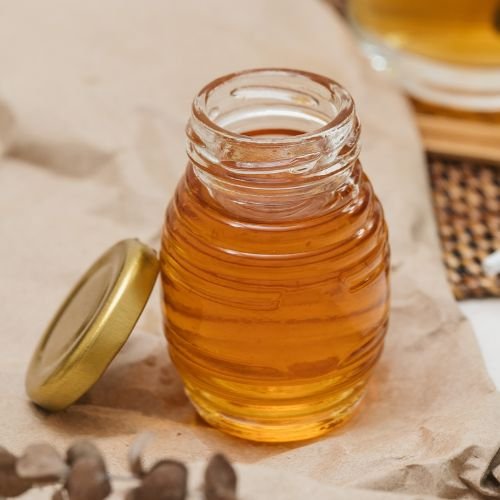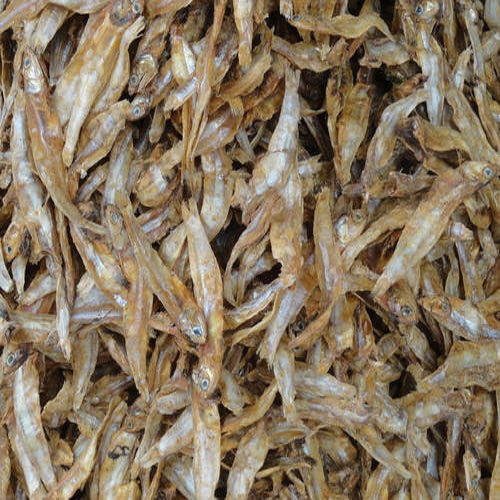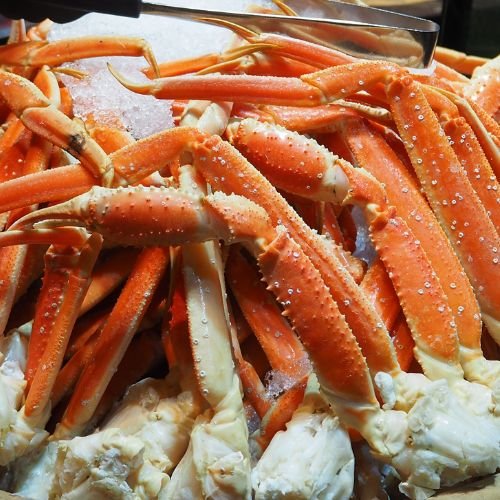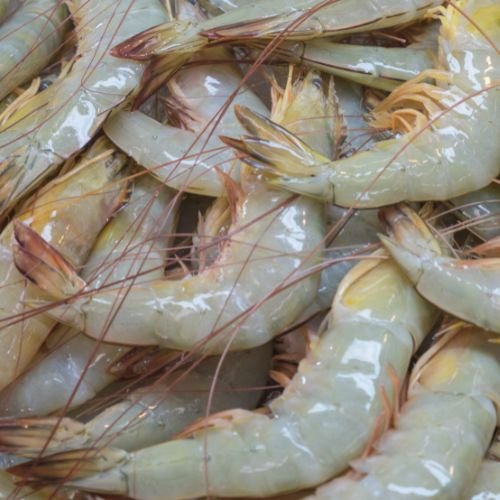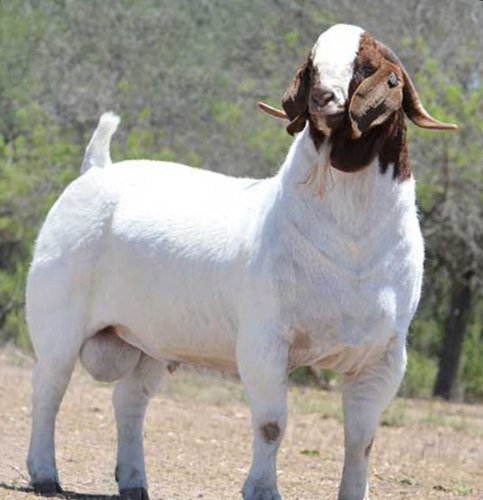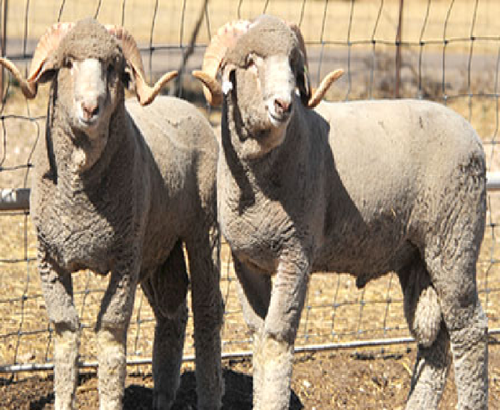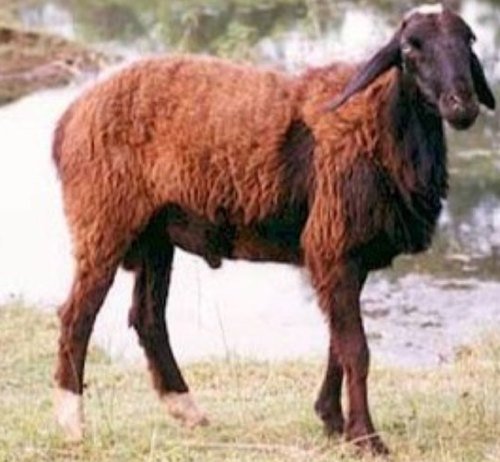Honey and beekeeping have a long history in India. Honey was the first sweet food tasted by the ancient Indian inhabiting rock shelters and forests. The raw materials for the beekeeping industry are mainly pollen and nectar that come from flowering plants. Both the natural and cultivated vegetation in India constitute an immense potential for development of beekeeping. About 500 flowering plant species, both wild and cultivated, are useful as major or minor sources of nectar and pollen. There are at least four species of true honey bees and three species of the stingless bees.
Rapeseed / Mustard Honey, Eucalyptus Honey, Lychee Honey, Sunflower Honey, Karanj / Pongamea Honey, Multi-flora Himalayan Honey, Acacia Honey, Wild Flora Honey, Multi and Mono floral Honey are some of the major varieties of Natural Honey.
Casein is the main protein found in milk and contains 21 amino acids. Acid Casein is produced by controlled acid precipitation from skim milk. It is insoluble in water, completely soluble in alkali and heat stable.
The albumins are a family of globular proteins, the most common of which is serum albumin. The albumin family consists of all proteins that are water-soluble, are moderately soluble in concentrated salt solutions, and experience heat denaturation. Albumins are commonly found in blood plasma, and are unique from other blood proteins in that they are not glycosylated. Substances containing albumins, such as egg white, milk are called albuminoids.
Egg albumin
Milk albumin




